One of several individuals upon which I have, over the years, bestowed the title of “My Favorite Painter,” John Waterhouse was a 19th century Pre-Raphaelite who came along after the Pre-Raphaelite thing was pretty much over – you might say he was a Post-Pre-Raphaelite. Waterhouse is today best remembered for dozens of stunning works featuring subjects from Greek mythology and Arthurian legend, as well as for his 1863 attempt to climb Ben Nevis while reciting the complete works of W.B Yeats – an attempt doomed to failure from its very inception by the fact that W.B Yeats had not yet been born.
This painting is called Circe Invidiosa, which is Latin for “Pissed-Off Witch Woman.” Here Waterhouse depicts the revenge of the witch Circe after her boyfriend is stolen away by a local woman famous for throwing great parties. As revenge, Circe sneaks into one of the woman’s parties and steals the punch bowl, which she can here be seen pouring into the sea. Why there is an octopus at her feet I don’t know. Maybe octopuses are attracted by punch, especially if it’s really good punch – but if so it’s news to me.
Here we have “Echo and Dave,” a couple whose relationship was going swimmingly till Echo (that’s the girl) dropped the poor guy’s mobile phone into a creek after she had discovered several suggestive texts addressed to an unidentified wood nymph. The incident was too much for the relationship to withstand, and not long afterwards Dave took up with one of the local dryads and Echo ran away to the big city where she went to work as a waitress at a Hooters (it wasn’t a very fussy branch of Hooters.)
This one is called “Gather Ye Rosebuds While Ye May,” a title which is pretty self-explanatory, though it must be pointed out that gathering rose buds is a pretty short-sighted thing to do as it prevents one from later gathering actual roses. We mustn’t blame Waterhouse for this foolishness, though, as I am pretty certain he plucked this silly idea from the works of Shakespeare.
Hylas and the Nymphs – one of my favorite Waterhouse works. The women’s faces are just wonderful, though I must admit they look about as intelligent as a finely-polished collection of doorknobs. Like many of Waterhouse’s works, this is based on a story from Greek mythology. The details of the story escape me, but I’m pretty sure it has something to do with a pizza delivery boy being called out to a wild lesbian party of some sort, an idea first developed by Euripides in “Iphigenia Does Dallas” and later used in many low budget movies of salacious intent and dubious artistic merit.
This is a portrait of Mad Jenny Macalister, a 19th century Scotswoman who developed a reputation as a flaming nutter after one day running through Glasgow screaming that she was being persecuted by some sort of small, fairy-like creature. Later it emerged that poor Jenny had in fact been stung by a bee and that she wasn’t mad at all, just a bit of a wuss and rather ignorant as to the actual appearance of the fairy folk. Waterhouse here depicts his subject just moments before she is stung by the bee, who, following Shakespeare’s advice, is gathering pollen while it may. I know you can’t see the bee, but that’s the point – after all, if the bee was visible Jenny wouldn’t have stuck her nose in the flower, would she? Not unless she was very stupid, anyway.
Great colors and brushwork on this depiction of Pandora, a Greek woman who made the mistake of opening a box that she suspected contained the latest batch of her grandmother’s home made chocolate brownies. Unfortunately for not only Pandora but for everyone else, the box actually contained all the evil things in the world – hate, war, famine, disease, bad haircuts, etc. The moral of the story is often taken to be that women shouldn’t be so curious, but I think it more likely to be that women shouldn’t be so damned obsessed with chocolate.
“The Lady of Shallot,” one of several paintings Waterhouse did on this particular character. Based on a Tennyson poem about the unhappy wife of a fishmonger who decides that she must leave their gloomy island home to see the splendors of Camelot. Unfortunately, the poor woman is under a curse and the moment she sets foot in the fabled kingdom she turns into a hat rack. Soon after, her husband finds her for sale at the local markets and takes her home where she turns back into her old, gloomy self. This is one of the few examples of an Arthurian tale with a happy ending, the other being the one in which Lancelot, after a vicious battle, just barely avoids being trapped in a dank, slimy dungeon with a pair of Jehovah’s Witnesses.
This one is “Two Nymphs Finding the Head of Orpheus,” Orpheus was a musician who went down into hell to try to rescue his wife Persephone from the Lord of Hades, Paolino Paperino. The rescue attempt was unsuccessful, as can probably be gathered from our hero’s disembodied head. Actually, Greek mythology is unclear as to how Orpheus met this fate, but the most popular version has it that he was accidentally decapitated by a very large but very stupid farmer who mistook his head for some sort of melon. Like the Lady of Shallot, this tale also has a happy ending. In those days, it was virtually impossible for a person to survive being beheaded, so Orpheus died and his soul was taken to Hades where at last he was reunited with his wife. Legend does not record how the Lord of Hades reacted to finding himself part of such a bizarre love triangle – Lord Paperino was afflicted by a dreadful speech impediment that made him sound like a defective cappuccino machine, so none of Hades’ scribes ever bothered to write down anything he said.
“Miranda” is based on the Shakespeare play “Miranda and the Mysterious Fish”. The titular character is here depicted witnessing a rather picturesque storm and wondering what the hell that big floaty thing is. It later turns out that the big floaty thing is carrying a Prince on his way to the Venetian markets where he intends to buy a jester. After the wrecking of their ship, the Prince and his party are forced to take refuge on Miranda’s island home, where it soon turns out that Miranda’s father , Prepostero, is himself a jester – but not a very funny one. Enraged by the Prince’s rejection of his services, Prepostero orders his housemaid to poison the Prince’s codpiece. Through the intervention of a talking rabbit the plot to poison the codpiece is discovered, and Miranda and the Prince swim to the mainland and move to Cornwall where they open up one of the UK’s most successful Bed and Breakfasts.
“Ulysses and the Angry Chickens” is an illustration done for the famous James Joyce novel of the same name. It depicts a passage in which Leopold Bloom has to cross a river to buy his wife Molly some marshmallows. As usual, Joyce leaves a lot unexplained and we are never told why the river is beset by so many angry chickens. Perhaps the chickens want the marshmallows for themselves, or perhaps the whole thing is merely a misunderstanding and they only want to ask why Bloom is tied to the mast. Unfortunately, as both Joyce and Waterhouse are dead as doornails, we will never know.


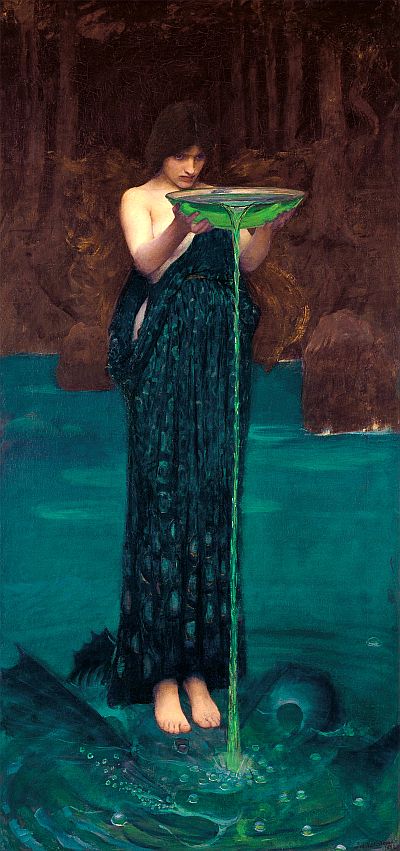
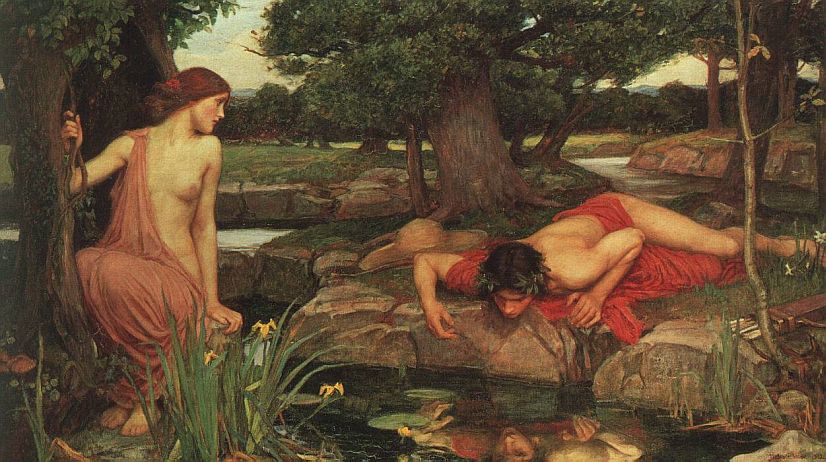
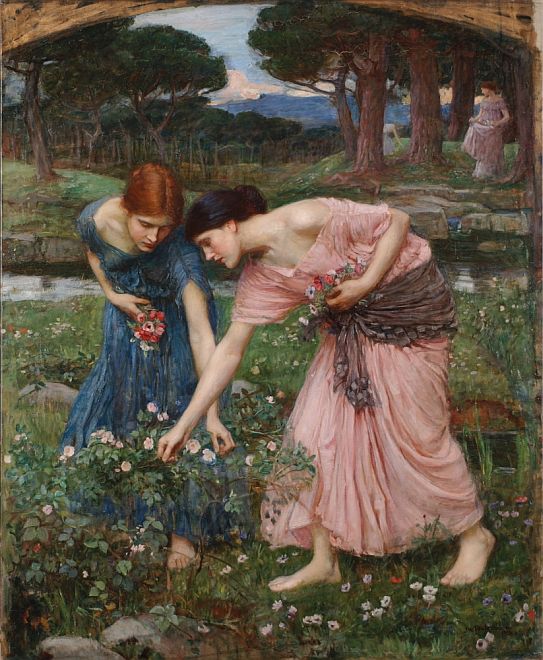
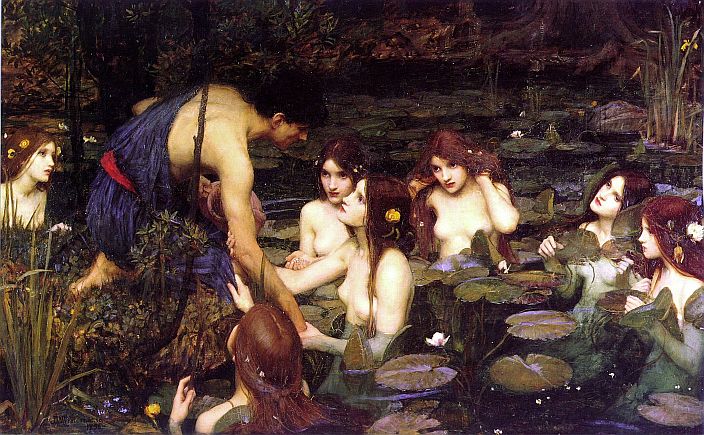
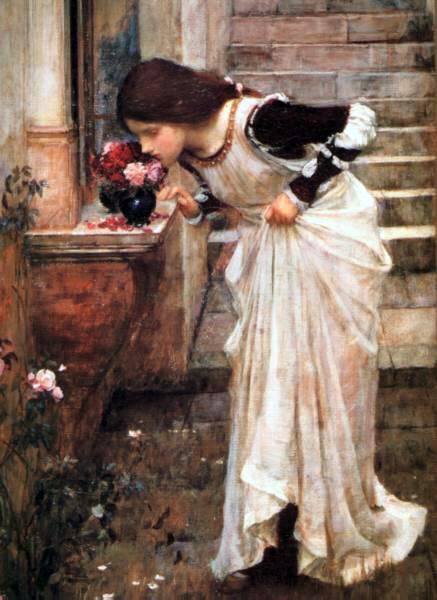

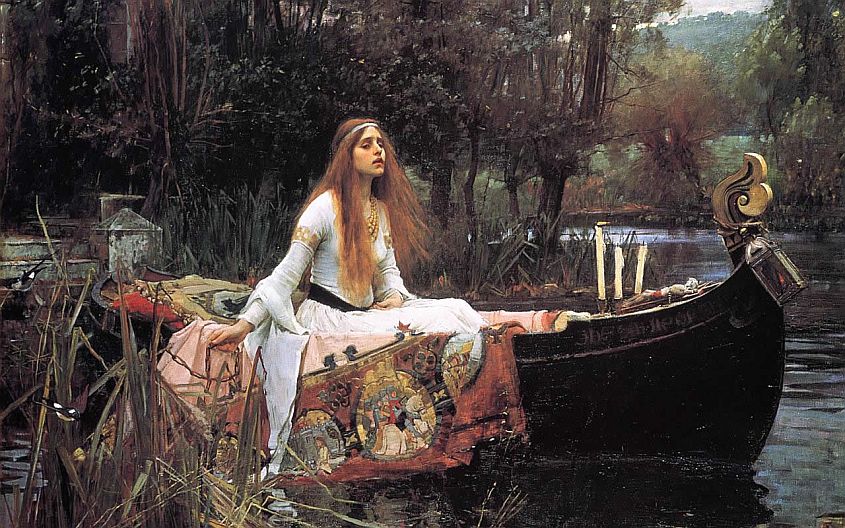
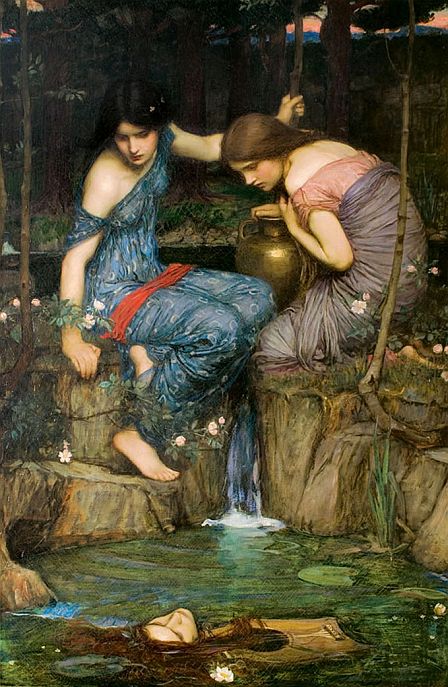
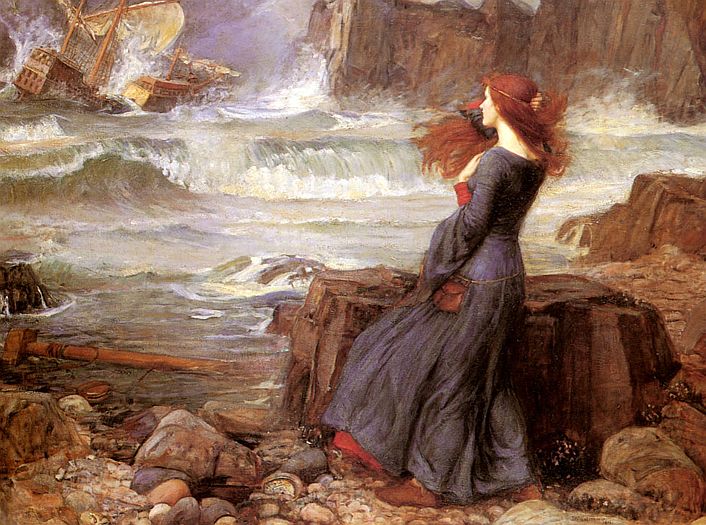
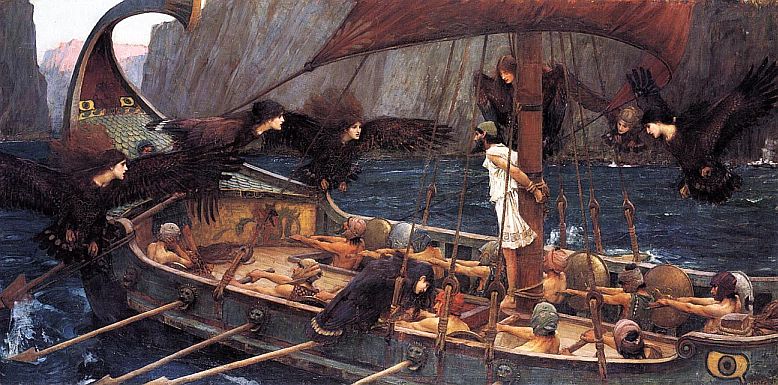
9 pings
Skip to comment form ↓